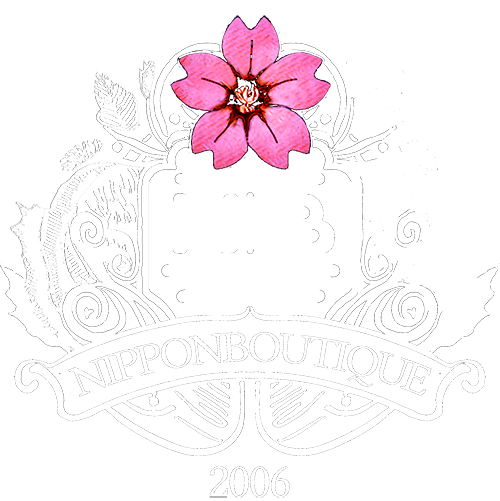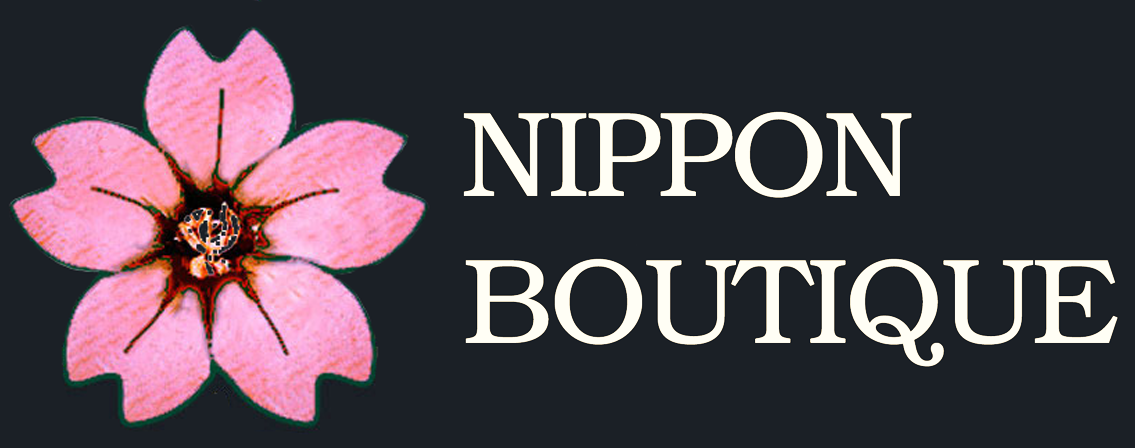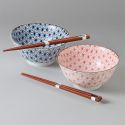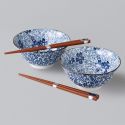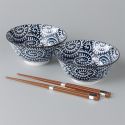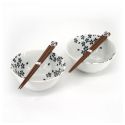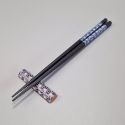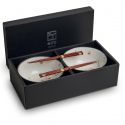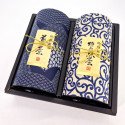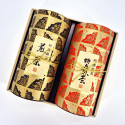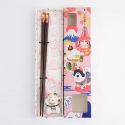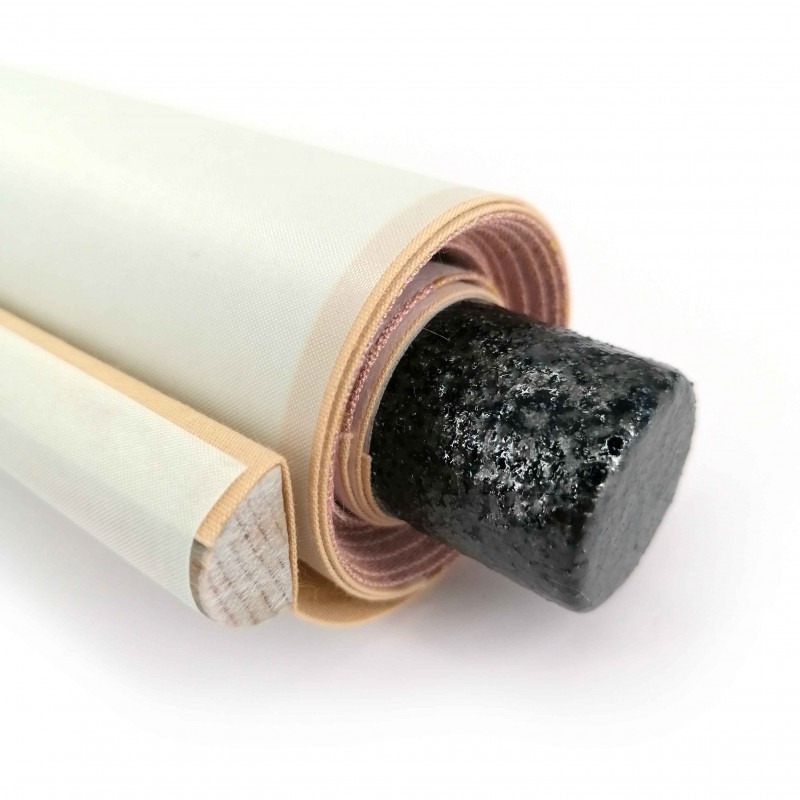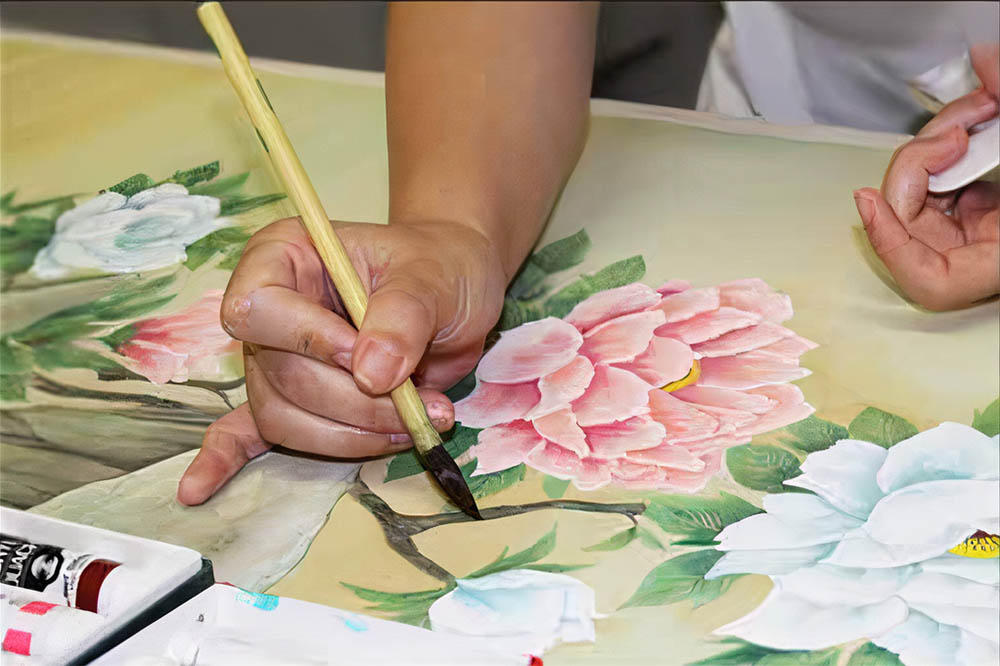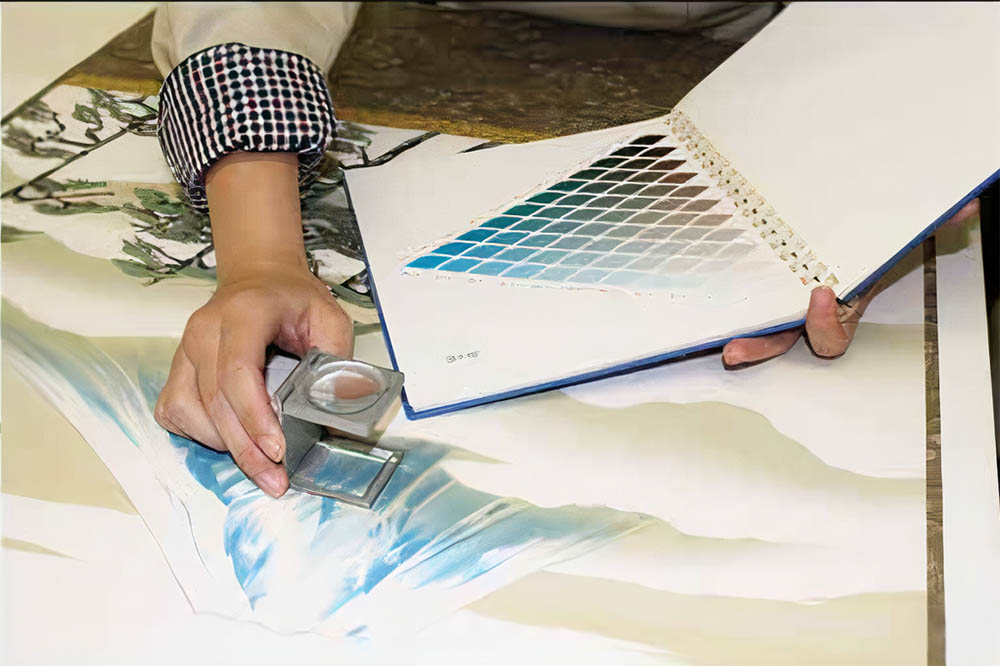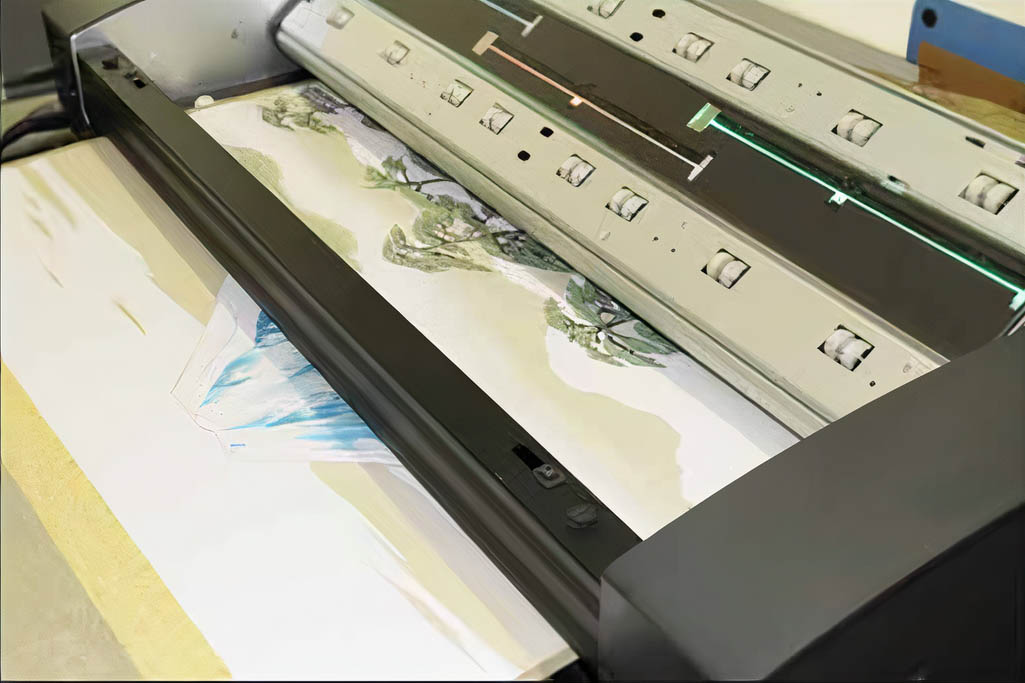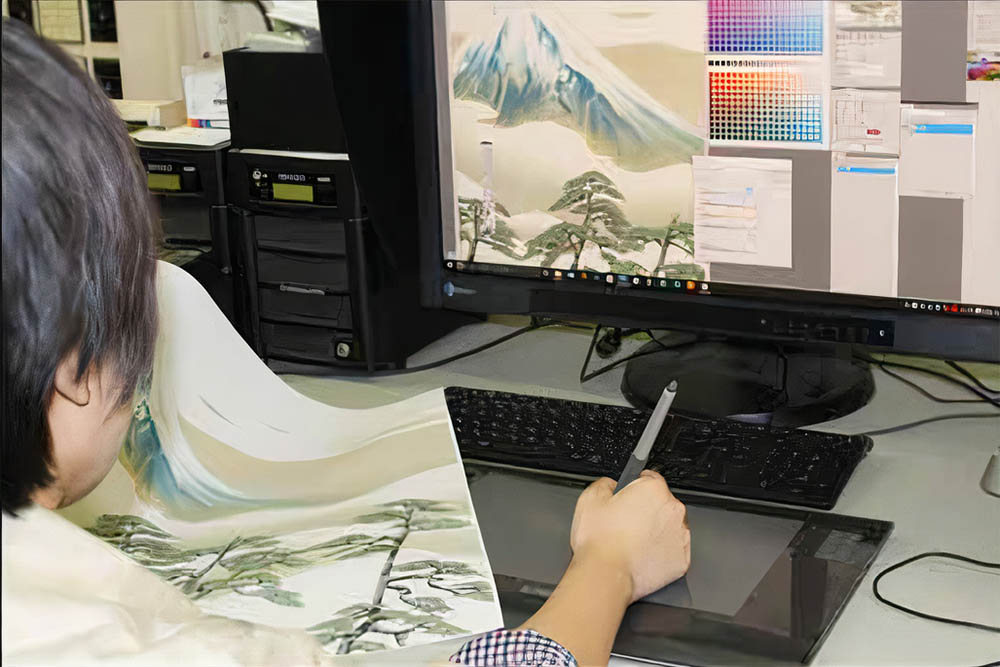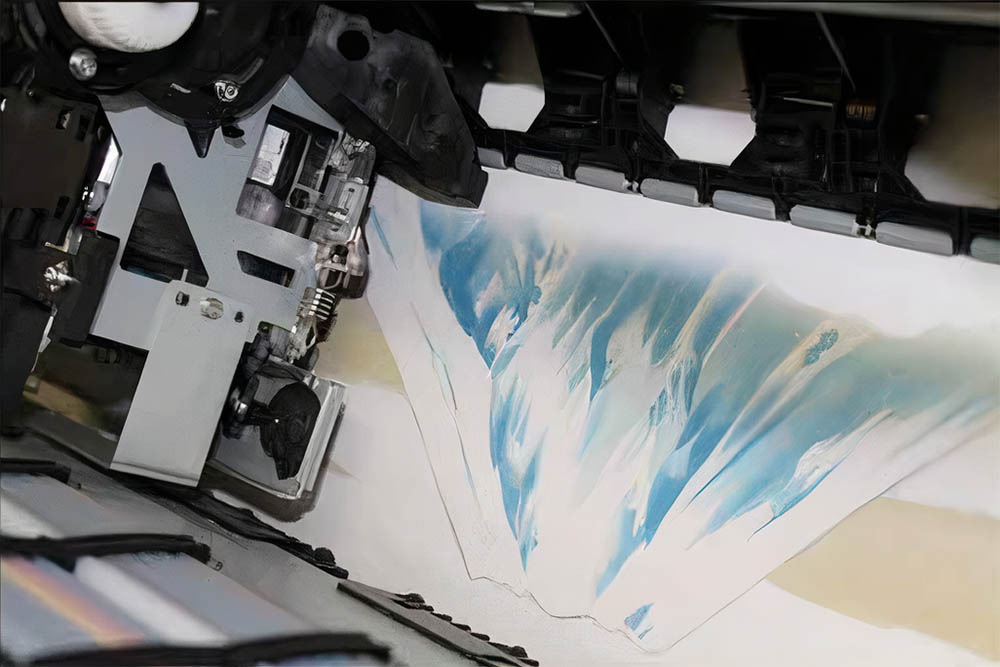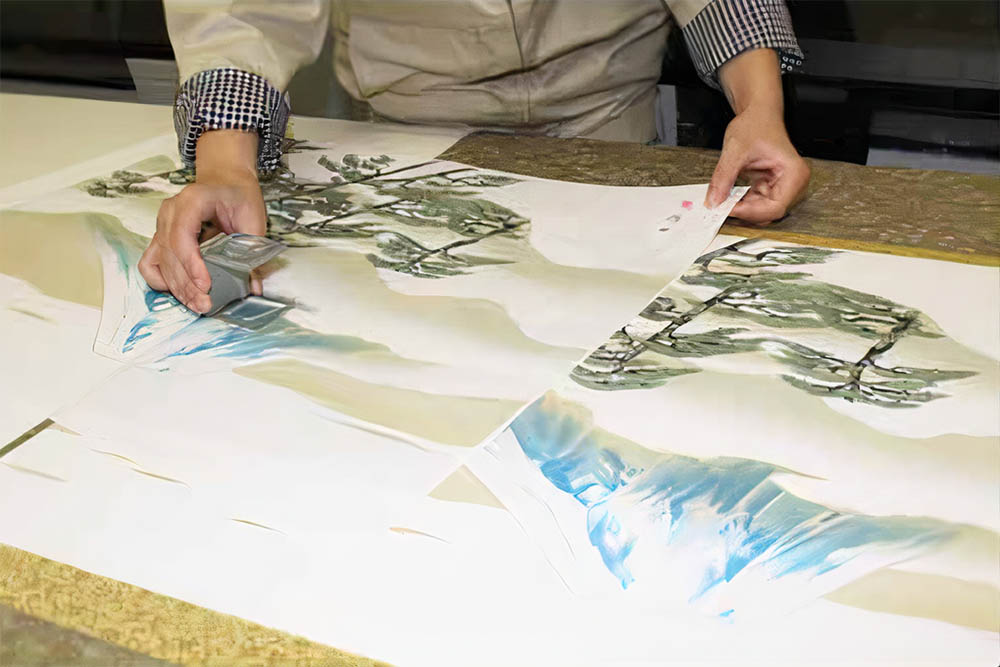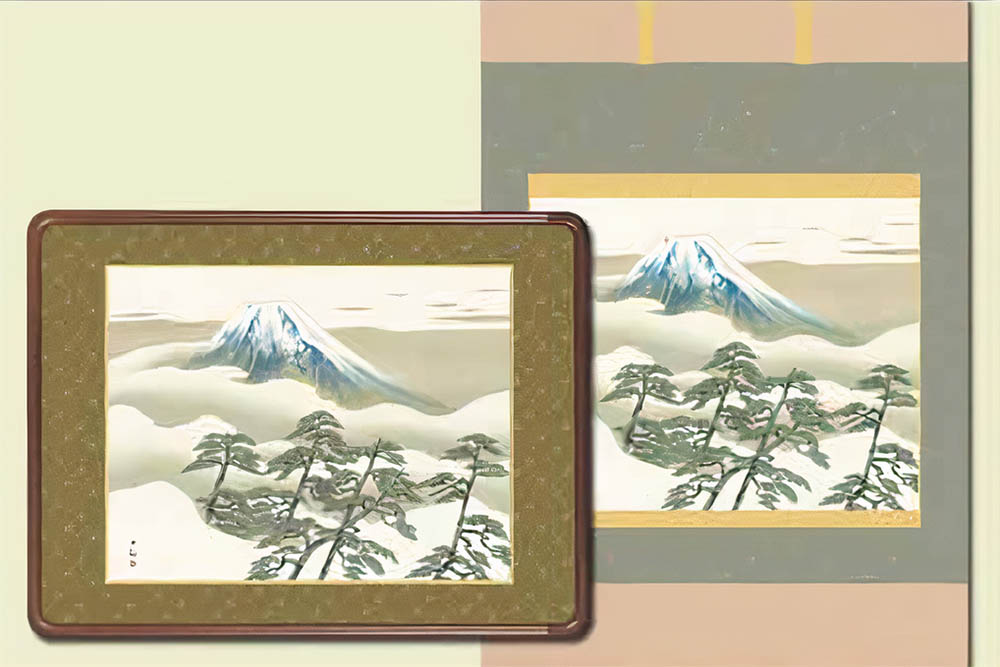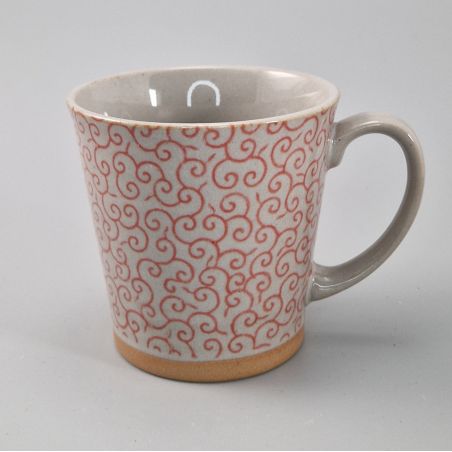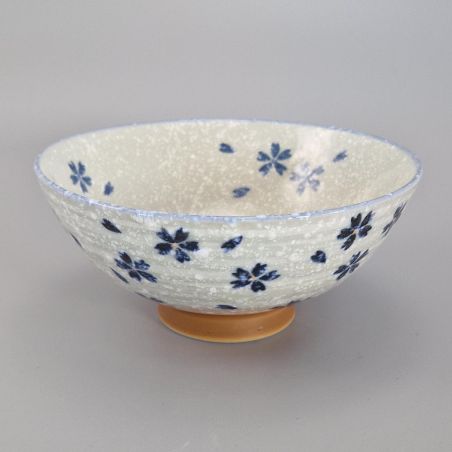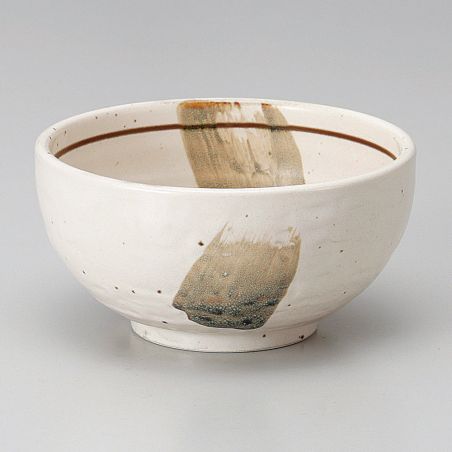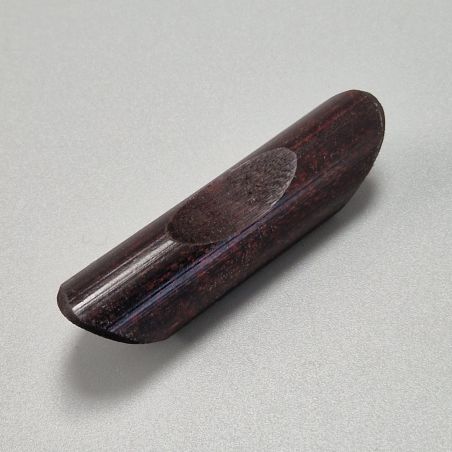
Secure payment
Payment by credit card, check and bank transfer.
Sending around the world
Shipment anywhere in the world and in the European Union without customs duties.
Satisfied or refunded
You have 14 days to return your order without reason.
Kakémono Kakejiku Japanese grues en vol - TSURU
Hand Painted Japanese Kakemono Kakejiku
Brand
DELIVERY AND RETURNS
Delivery delay :
1 to 3 working days for France, Belgium and Switzerland.
3-5 working days for other countries in Germany, Italy, Spain, United Kingdom, Netherlands, Denmark and Austria
3-5 business days for other countries via DHL
This item is shipped from our warehouse in France.
You can return or exchange an item within 14 days of receiving your order. For more information, see our Return Policy
Technical Data
| Width | 44.5 cm |
|---|---|
| Compositions | acrylic painting on 100% cotton canvas and bamboo stick |
| Product origin | made in Japan |
| Height | 164 cm |
Read more
Traditional Japanese Kakemono - Timeless Works of Art
The Kakemono, an iconic artistic treasure of Japan, embodies the elegance and subtlety of traditional Japanese culture. Presented in the form of a scroll, this masterpiece is supported by a thin semi-cylindrical wooden rod at its top, while a larger diameter cylindrical wooden rod at its lower end ensures balance when displayed on a wall.
Used in tea ceremonies or in traditional Japanese homes, the Kakemono is carefully arranged in the tokonoma, a special alcove bathed in diffuse light, as described in Tanizaki's famous essay "In Praise of Shadows." The Kakemono's support, called hyōsō (表装), provides a setting for the artwork, showcasing it with grace and respect.
Each Kakemono features an exquisite painting executed on silk or paper, sometimes adorned with calligraphy of transcendent beauty. Its ends are delicately adorned with pieces of ivory, horn, red sandalwood, lacquer, ceramic, or crystal. These embellishments, with harmonious colors and patterns, align with the artwork, emphasizing its artistic splendor.
Crafting a handmade Kakemono requires exceptional craftsmanship, reserved for the skilled hands of specialists. Every detail is executed with meticulous precision, an inheritance from an ancient tradition.
To preserve its timeless beauty, the Kakemono is carefully rolled and stored in a box, often made of paulownia wood, accompanied by a small anti-moth sachet. This precaution, especially when the framing fabric is silk, demonstrates dedicated care for the preservation of this work of art.
In the tea ceremony, the choice of Kakemono is crucial, its harmony with the seasons is essential. Some sets consist of four panels, each evoking one of the four seasons, capturing the ephemeral and changing beauty of passing time.
The Kakemono, more than just a suspended work of art, embodies the quintessence of Japanese aesthetics, connecting nature, time, and artistic delicacy in a scroll of transcendent beauty.
Kakemono Manufacturing Process
Manufacturing of original productsOriginal illustrations of your company's original products are created by a qualified artist. |
|
||
|
|
Preserve copies of original paintingsKeep copies of original paintings. |
||
Import of original images/computer analysisSpecial scanning process | Read accurately with a high-precision digital scanner | Converts the original image into data without lens distortion. |
|
||
|
|
Computer analysis/color adjustmentAdvanced color management helps reproduce colors exactly as they are in the original image. |
||
Color tone calibration/inspection outputDuplicate image output High performance digital printing. 11 ink colors are used to create vivid and delicate works. |
|
||
|
|
Comparative inspection of original paintings and reproductionsChecking the color and proofreading the original and reproductions in order to more faithfully reproduce the original painting, every detail is carefully inspected. |
||
Manual color processing/work adaptation Hand painted paperIt is also possible to apply paint by hand by a skilled artist, such as gold coloring, which cannot be achieved with digital processing alone. |
|
||
|
|
Adaptation to the supportFaithful reproductions of the original paintings are framed and mounted on scrolls, bringing them back to life as new works of art. |
seen recently
TRUSTED SHOP CUSTOMER REVIEWS

